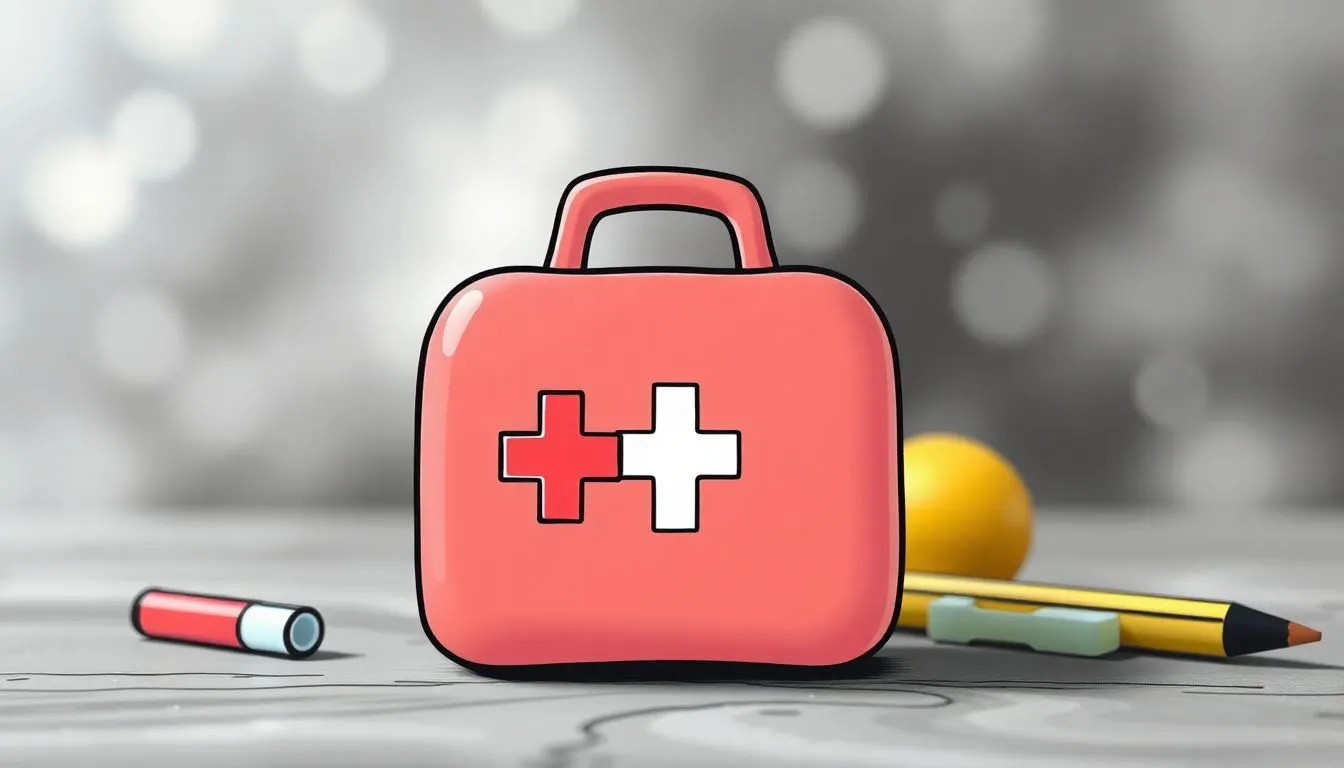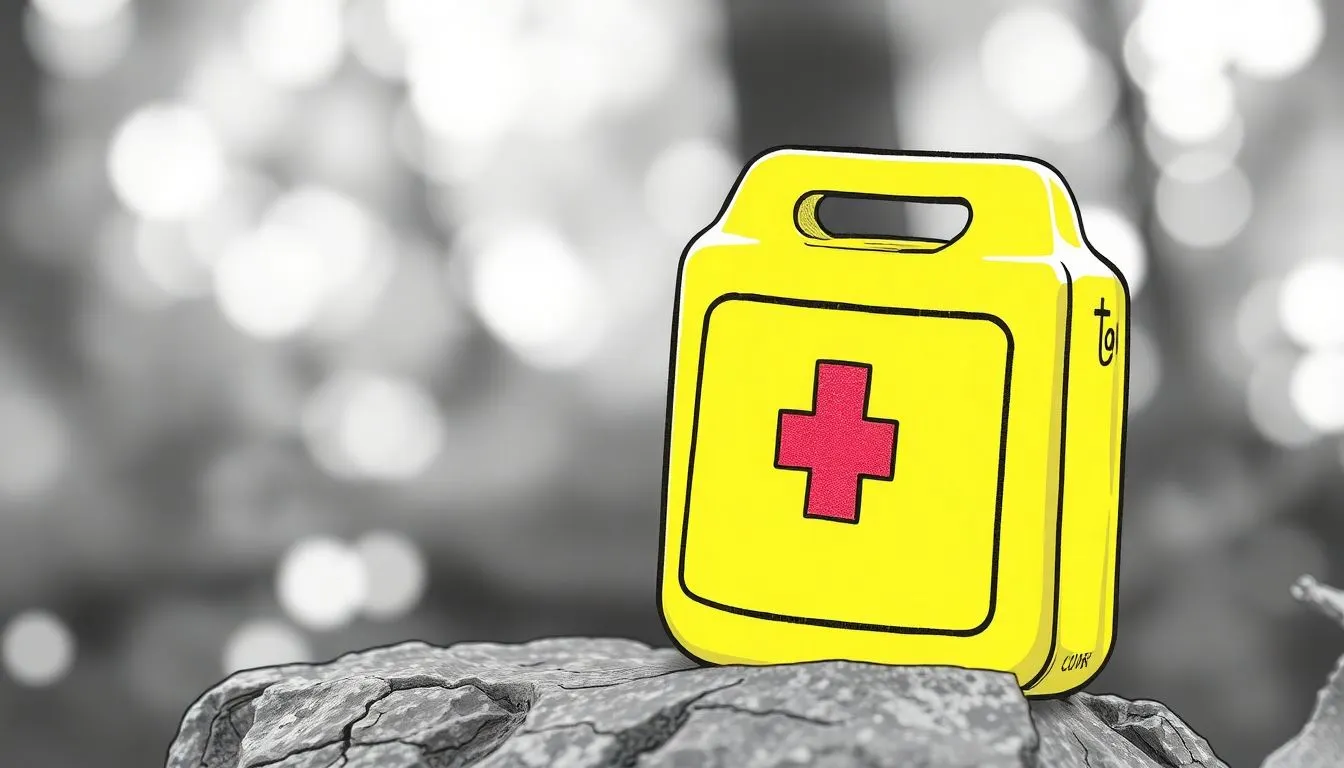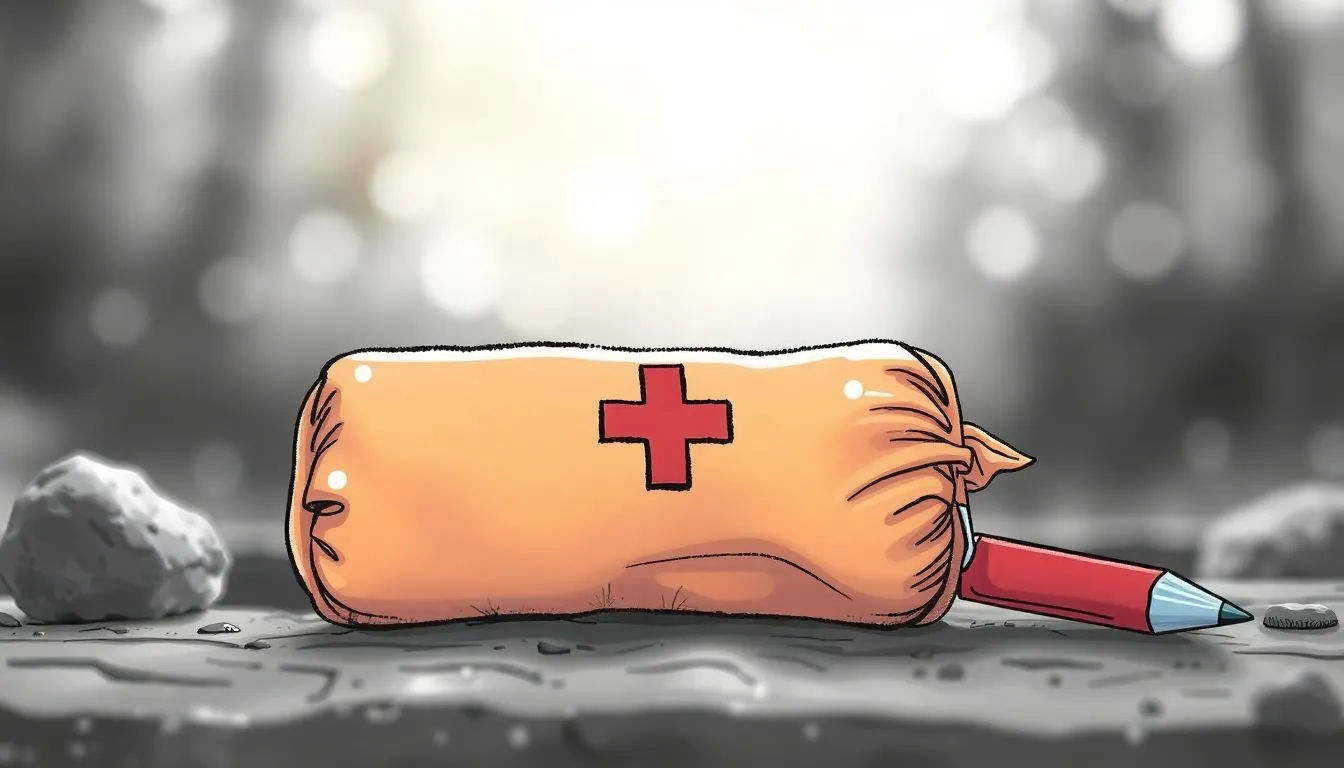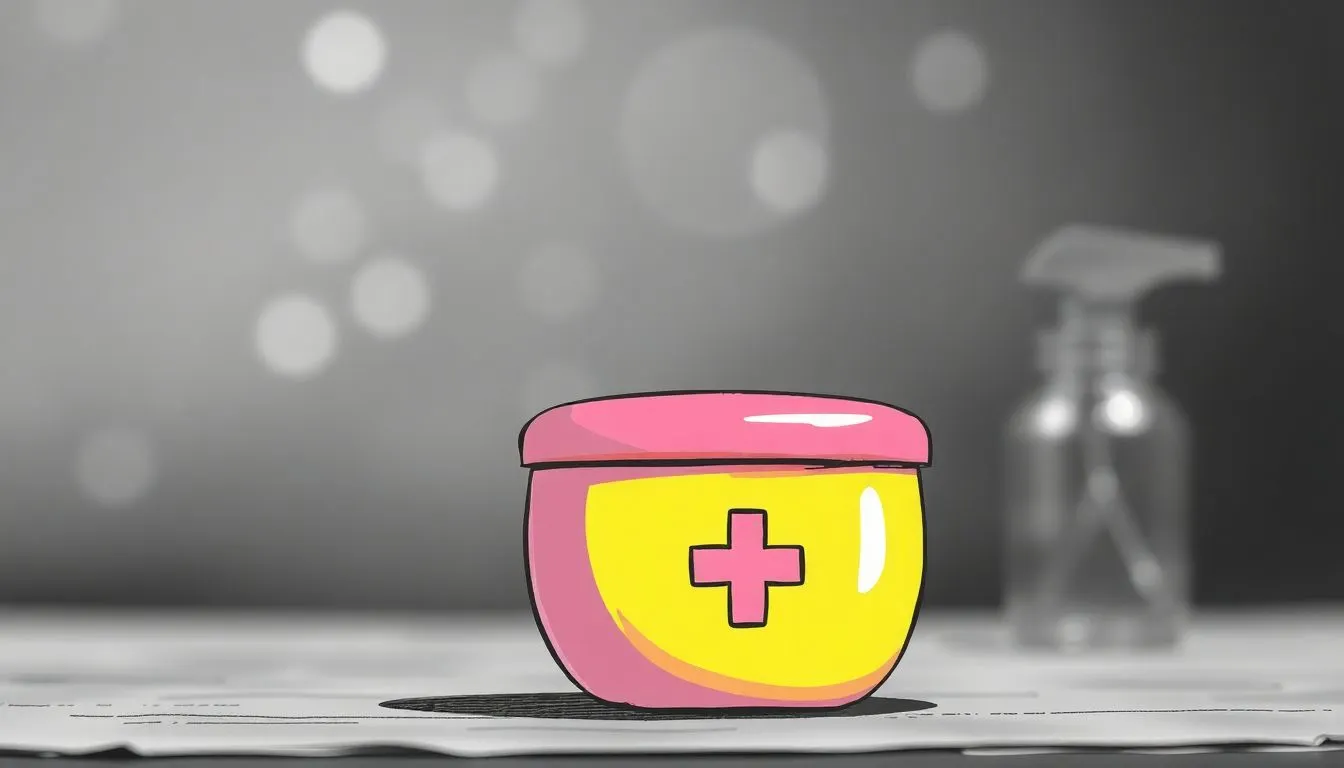How to Perform Basic First Aid in Survival Situations
In survival situations, prioritize assessing injuries and ensuring safety. Clean wounds with clean water to prevent infection, then cover with sterile dressings.
Control bleeding using direct pressure or a tourniquet if necessary. Immobilize fractures with splints. Treat shock by keeping the person warm and calm. Always seek professional medical help as soon as possible for serious injuries.

Life-Saving Skills: How to Perform Basic First Aid in Survival Situations




How to Perform Basic First Aid in Survival Situations
In survival situations, whether you’re stranded in the wilderness, caught in a natural disaster, or facing any emergency far from immediate medical help, knowing how to perform basic first aid can be lifesaving. First aid is the initial care given to an injured or ill person before professional medical assistance arrives. It aims to stabilize the condition, prevent further injury, and promote recovery. Here’s a guide on how to perform basic first aid in survival situations.
1. Stay Calm and Assess the Situation
The first step in any emergency is to remain calm. Panic can cloud judgment and make it harder to think clearly. Quickly assess the environment to ensure it’s safe for you to approach the injured person. Check for any immediate dangers such as fire, unstable structures, or wildlife.
2. Check Responsiveness and Breathing
Approach the injured person and gently tap their shoulder while asking loudly, “Are you okay?” If there is no response, check if they are breathing by looking for chest movement or feeling for breath on your cheek. If the person is unresponsive and not breathing, you may need to perform CPR (cardiopulmonary resuscitation).
3. Call for Help or Signal for Assistance
If you have a phone or communication device, call emergency services immediately. In remote survival situations, use any available means to signal for help, such as a whistle, mirror, or creating visible markers.
4. Control Bleeding
Severe bleeding is a critical threat in survival scenarios. To control bleeding: Apply direct pressure to the wound with a clean cloth, bandage, or even your hand if nothing else is available. Elevate the injured limb above heart level if possible. If bleeding is profuse and does not stop with direct pressure, consider using a tourniquet above the wound as a last resort.
5. Clean and Dress Wounds
If the wound is not severe, clean it with clean water to remove dirt and debris. Avoid using alcohol or hydrogen peroxide as they can damage tissue. Cover the wound with a sterile dressing or clean cloth to prevent infection. Change dressings regularly if you have to wait for help.
6. Treat for Shock
Shock is a life-threatening condition that occurs when the body is not getting enough blood flow. Signs include pale, clammy skin, rapid breathing, weakness, and confusion. To treat shock: Lay the person down and elevate their legs about 12 inches to improve blood flow to vital organs. Keep them warm using blankets or clothing. Reassure and keep them calm.
7. Manage Burns
For burns, cool the area with clean, cool water for at least 10 minutes. Avoid ice or very cold water as it can cause further damage. Cover the burn with a non-stick, sterile dressing. Do not break blisters or apply creams or oils.
8. Immobilize Fractures
If you suspect broken bones, immobilize the area to prevent further injury. Use splints made from sticks, boards, or any rigid material and secure them with cloth or bandages. Avoid moving the injured person unnecessarily.
9. Provide Basic CPR if Needed
If the person is not breathing and has no pulse, begin CPR: Place the heel of your hand on the center of the chest. Push hard and fast, about 2 inches deep, at a rate of 100-120 compressions per minute. If trained, provide rescue breaths after every 30 compressions. Continue until the person breathes or professional help arrives.
10. Stay with the Injured Person
Never leave an injured person alone unless you must go for help. Monitor their condition and provide reassurance.
Final Thoughts
Basic first aid skills can dramatically improve survival chances in emergencies. It’s highly recommended to take a certified first aid course to practice these skills hands-on. In any survival situation, your knowledge, calmness, and prompt action can save lives. Always prepare by carrying a well-stocked first aid kit and learning the essentials before venturing into remote or risky environments.
Copyright by PreparationCentral.com. All rights reserved.
This site is not a part of the Youtube website or Youtube Inc. Additionally, This site is NOT endorsed by Youtube in any way. YOUTUBE is a trademark of YOUTUBE, Inc.
